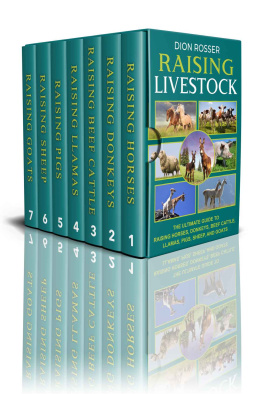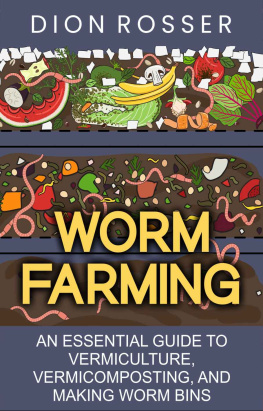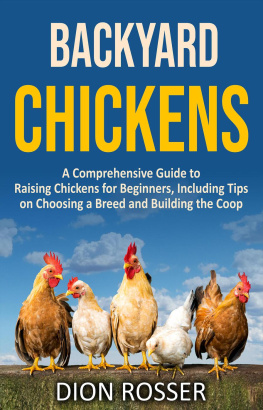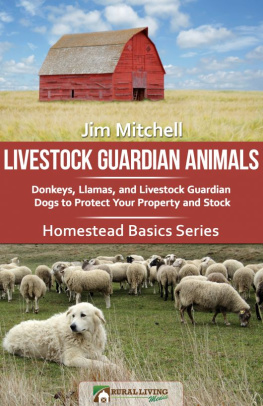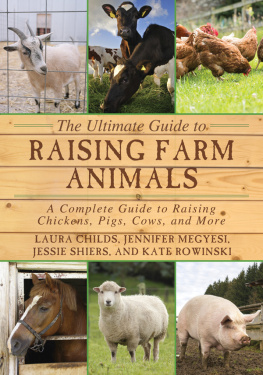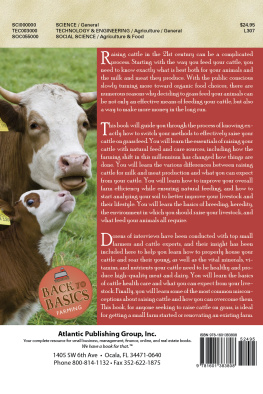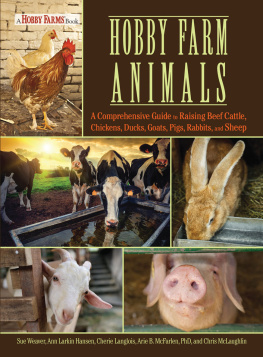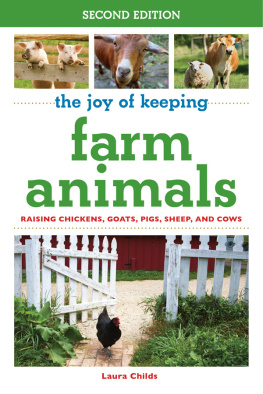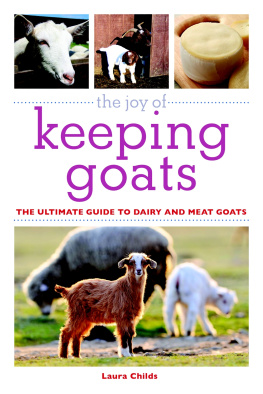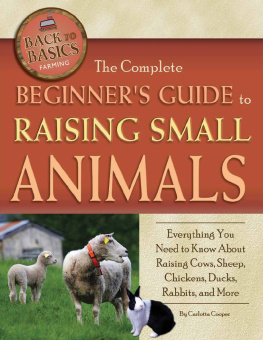Raising Livestock
The Ultimate Guide to Raising Horses, Donkeys, Beef Cattle, Llamas, Pigs, Sheep, and Goats
Copyright 2020
This document is geared towards providing exact and reliable information regarding the topic and issue covered. The publication is sold with the idea that the publisher is not required to render accounting, officially permitted, or otherwise, qualified services. If advice is necessary, legal or professional, a practiced individual in the profession should be ordered.
From a Declaration of Principles which was accepted and approved equally by a Committee of the American Bar Association and a Committee of Publishers and Associations.
In no way is it legal to reproduce, duplicate, or transmit any part of this document in either electronic means or in printed format. Recording of this publication is strictly prohibited and any storage of this document is not allowed unless with written permission from the publisher. All rights reserved.
The information provided is stated to be truthful and consistent, in that any liability, in terms of inattention or otherwise, by any usage or abuse of any policies, processes, or directions contained within is the solitary and utter responsibility of the recipient reader. Under no circumstances will any legal responsibility or blame be held against the publisher for any reparation, damages, or monetary loss due to the information herein, either directly or indirectly.
Respective authors own all copyrights not held by the publisher.
The information herein is offered for informational purposes solely, and is universal as so. The presentation of the information is without contract or any guarantee assurance.
The trademarks used are with no consent, and the publication of the trademark is without permission or backing by the trademark owner. All trademarks and brands within this book are for clarifying purposes only and are the owned by the owners themselves, not affiliated with this document.
Table of Contents
Part 1: Raising Horses
The Ultimate Guide To Horse Breeding, Training And Care
Introduction
The horse is one of the most versatile and beautiful creatures in the animal kingdom. It has been a faithful companion of man for centuries and will surely continue to be. This majestic animal serves so many important purposes, and today, it is not uncommon to find people raising them.
If you have even the slightest interest of raising or breeding one, this book is definitely for you. Everything you need to know about horses, training them, understanding their behavior, caring, and creating a lifelong relationship with them is all written here.
Whatever reason you may have for wanting to be a horse owner, you will find this guide to be the perfect book to assist you on your journey.
Pick it up, read it, and share it with other horse friends!
Chapter One: Why Raise Horses?
The relationship between horses and men began over 3,000 years ago. Surprising, right? The domestication of horses dates to 3,500BC. Horses have been such versatile creatures that raising them provides a ton of benefits companionship being one of such. It is interesting to note that the horse has not always been the sturdy, large, hoofed animal you see and know today. Fifty million years ago, it was a tiny multi-toed mammal no larger than a medium-sized pup. Since its evolution, humans have recognized and have taken advantage of the great power and strength the horse possesses, putting it to use for various purposes.
Reasons For Raising Horses
Horseback riding is one of the oldest uses of horses since its domestication. Horses were also used to pull wheels of chariots, carts, and wagons in medieval times. Horses were a predominant means of transportation and communication in ancient times. It was also commonly used in warfare and had increasing relevance in society as it became a standard of wealth.
In the past, movement on foot was the only means of transporting resources and communicating with other people. So, you can imagine how revolutionary it was when horse riding came on the scene. Goods and places, once inaccessible or too time-consuming to transport, quickly became available as riders can move easily and faster than people on foot.
Fast-forward to the present day, and horseback riding is still very much relevant. They might not have as much social importance as they did back then since they were the only means of transportation, and ow, we have various vehicles and machinery to replace them. However, there are still a lot of uses for horses that technology is yet to replace. For example, mounted police are still in use by various countries in the world. Although their work is sometimes ceremonial, they are often used by the police for other functions such as crowd control or patrol in places inaccessible for police vehicles.
You may have seen one or more mounted police in your vicinity or at an event. During crowd control, mounted officers are more visible than those on the ground or in cars and inform people of the presence of the police. This helps to deter crimes and helps officers easily spot offenders as the height of the horse allows the police to see farther and wider.
In today's world, equestrian sport is perhaps the most notable application of horses. There are two major styles of riding horses: the English riding style and the Western riding style. You might be wondering what makes them different. Well, history helps provide an answer.
The Western riding originated from the ranches and was practiced by cowboys of mid and southwest United States. Cattle ranchers used horses in controlling the cattle, and this required the rider to be skillful at controlling and maneuvering the horse while riding at high speed. Specialized heavy saddles were created for the riders to help spread their weight on the horse and allow them to ride for long and across uneven roads without feeling uncomfortable.
The reins tied around their neck and a bit in the horse's mouth enabled the rider to control the horse with just one hand. Some equestrian disciplines that require western riding style include roping, reining, trail-riding, cutting, speed games, and so on.
The English riding style, on the other hand, originated from England and has its root in military and cavalry training. As equestrian sports competition began, this riding style was passed down and adopted for sporting purposes. Over the years, there have been changes to the style but the basic principles remain the same.
Since the primary purpose of the English riding style is competitions, the saddles are designed to aid mobility for both the horse and its rider. They are lighter and smaller than the western saddles. The reins are directly connected to the horse's mouth and are to be held with both hands. Examples of equestrian competitions in which this riding style is used are dressage, show jumping, hunting, polo, mounted games, and many more.
Use of Horses For Their Therapeutic Benefits
Horseback riding is not only fun but has been proven to be therapeutic. It is a form of recreational therapy aimed at improving an individual's mental, physical, and emotional health through different horse riding techniques.
Since riding a horse can obviously be done only in an outdoor environment, you are bound to spend more in the open, breathing in nature's fresh air. The feeling of freedom and independence that accompanies riding your horse in the wild is stimulating and second to none. Horse riding is a creative and helpful way to take a break from your typical everyday routine.

